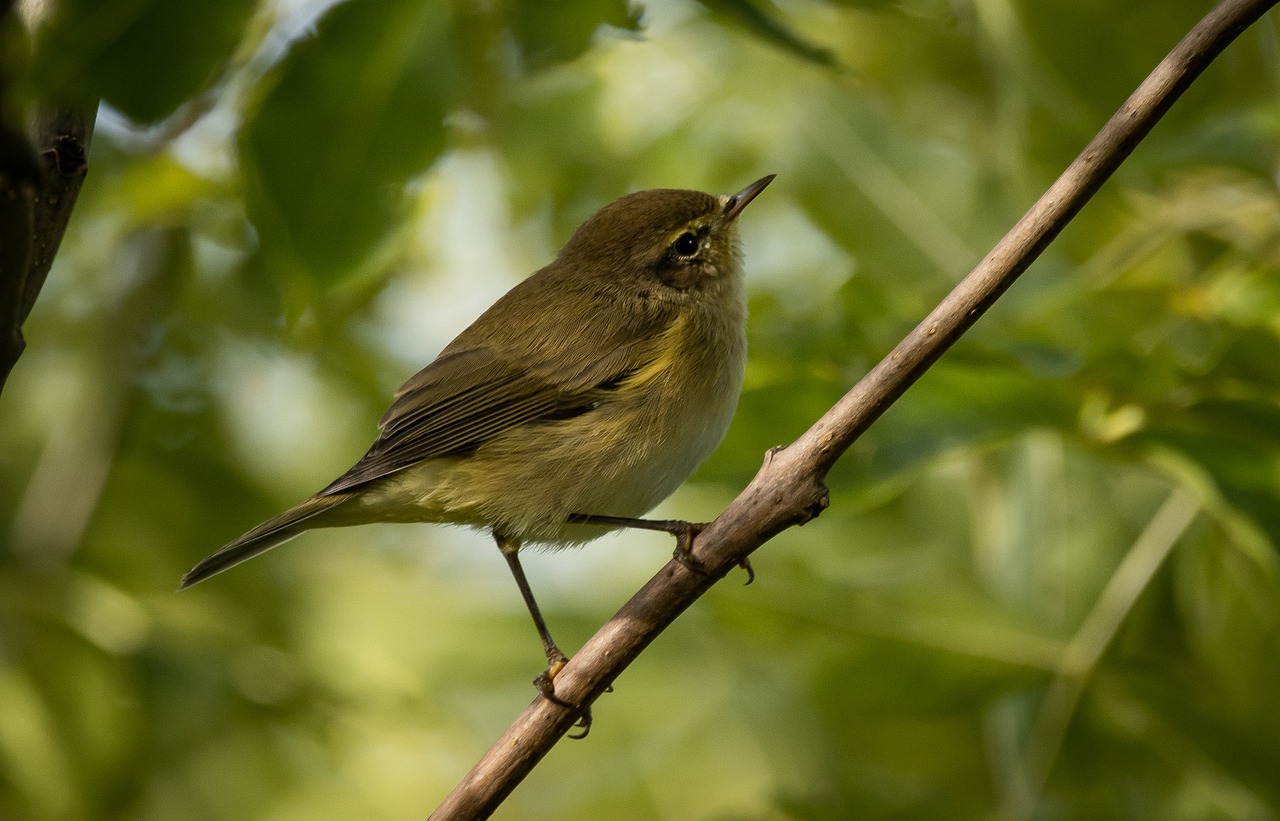Correlation between some body components and visible fat index in the Willow Warbler Phylloscopus trochilus (L.)
DOI:
https://doi.org/10.34080/os.v5.23007Keywords:
fat storage, migration, biometricsAbstract
The correlations between some body components and visual as well as chemically extracted fat deposits of migratory Willow Warblers were studied. This study shows that the use of body mass and visual fat index are good predictors of fat deposition in the Willow Warbler. The results also indicate that body water and fat content explain most of the variation of total body mass, followed by carcass-dry mass and pectoralis muscle dry-mass (spring birds). A significant, positive correlation between pectoralis muscle dry-mass and total extracted fat content in spring birds suggests a possible muscle hypertrophy associated with fat deposition. This may be an adaptation to carry heavy fat loads during migratory flights.
Downloads

Downloads
Published
How to Cite
Issue
Section
License
The copyright of each contribution belongs to the author(s), but all contributions are published under a Creative Commons license, so that anyone is free to share and reuse the contribution as long as the copyright holder is attributed.







